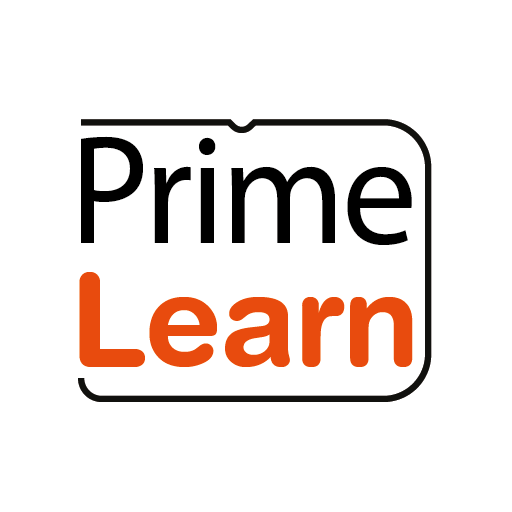It is evident that the majority of teachers are doing their best to actualize what they understand about the primary curriculum. Their efforts are genuine, and many of them dedicate time and energy to preparing lessons and delivering what they believe to be the right approach. However, to their surprise, the intended results are not being achieved. This raises an important question: why?
One area that requires attention is the support offered by the education sector, especially the National Curriculum Development Centre. The question arises whether enough has been done to educate teachers on the true aims and objectives of the primary curriculum, as well as how to translate those aims into meaningful classroom practice. While approving books and designing assessment items are important steps, they alone may not be enough to solve the deeper challenges teachers face in understanding and applying the curriculum effectively.
There are many strategies that could be introduced to enable better adoption and conceptualization of the intended curriculum results. Continuous professional development workshops, targeted mentorship programs, and practical training sessions could go a long way in bridging the gap between policy and practice. Equally, creating platforms where teachers can engage with experts and share experiences may help demystify the curriculum and build confidence.
Teachers themselves also have a role to play in this journey. Beyond relying on external support, they need to take personal initiative to study the curriculum thoroughly, seek guidance from professionals, and remain committed to improving their practice.
In conclusion, more effort is needed from both the education authorities and teachers. By working hand in hand, it becomes possible to achieve effective implementation of the primary curriculum and, ultimately, better performance among learners.
Thank you.









0 Comments:
Leave a Comment